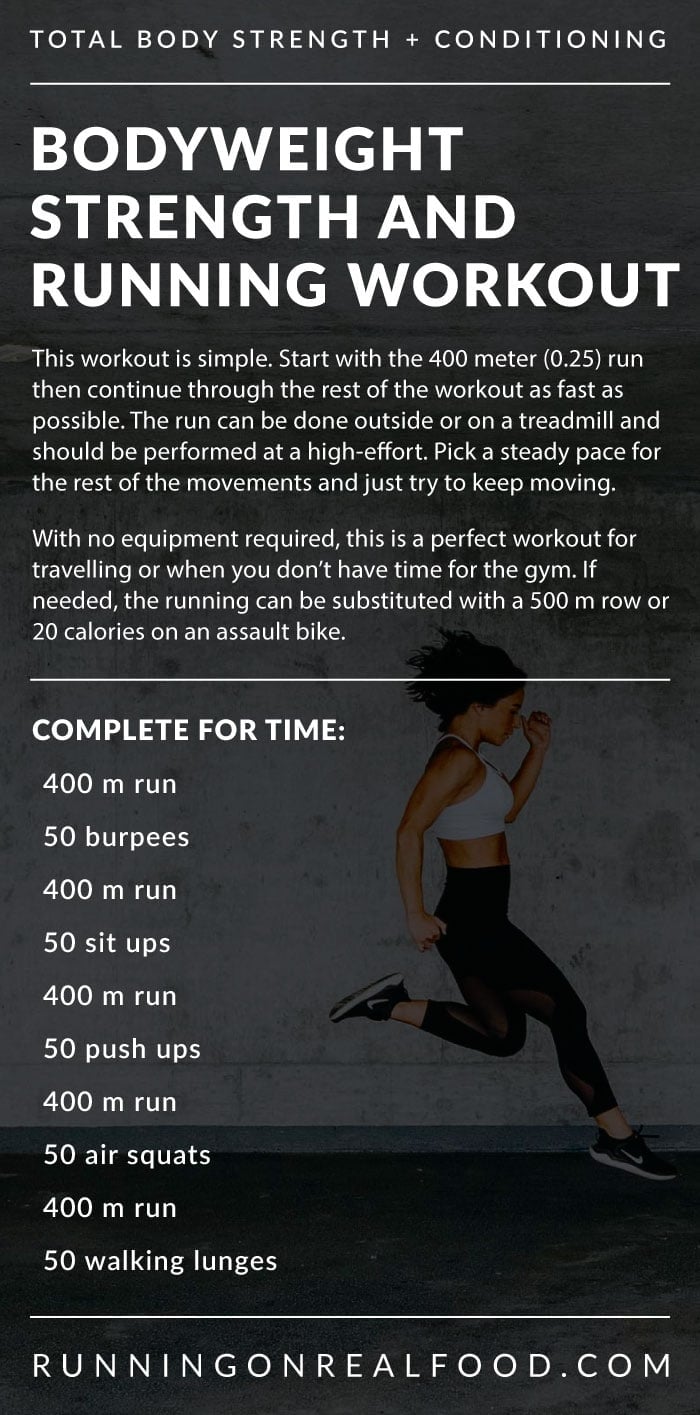Taking Care Of Usual Running Pains: Reasons, Solutions, and Prevention
As runners, we commonly come across numerous pains that can hinder our performance and pleasure of this exercise. From the incapacitating pain of shin splints to the irritating IT band syndrome, these typical operating discomforts can be discouraging and demotivating. Recognizing the reasons behind these disorders is critical in effectively addressing them. By checking out the origin factors for these running pains, we can uncover targeted services and safety nets to guarantee a smoother and much more meeting running experience (click site).
Typical Running Pain: Shin Splints
Shin splints, a common running pain, frequently result from overuse or improper shoes throughout exercise. This problem, clinically recognized as median tibial anxiety syndrome, manifests as discomfort along the internal side of the shinbone (shin) and is common among athletes and joggers. The recurring anxiety on the shinbone and the tissues attaching the muscles to the bone brings about swelling and pain. Joggers who swiftly raise the strength or duration of their exercises, or those that have level feet or inappropriate running methods, are particularly susceptible to shin splints.
To stop shin splints, individuals ought to slowly raise the intensity of their workouts, put on suitable shoes with proper arch support, and preserve adaptability and strength in the muscle mass bordering the shin. If shin splints do take place, initial therapy entails rest, ice, compression, and elevation (RICE) Furthermore, including low-impact tasks like swimming or cycling can help preserve cardiovascular health and fitness while allowing the shins to heal. Consistent or extreme instances might require medical assessment and physical therapy for efficient monitoring.
Typical Running Pain: IT Band Syndrome
In addition to shin splints, another prevalent running pain that professional athletes often encounter is IT Band Disorder, a problem triggered by inflammation of the iliotibial band that runs along the outer upper leg and knee. IT Band Disorder commonly materializes as pain outside of the knee, especially throughout tasks like running or cycling. The iliotibial band is a thick band of fascia that connects the aware of the shin, and when it comes to be swollen or tight, it can massage against the thigh bone, leading to pain and pain.
Runners experiencing IT Band Disorder may see a painful or aching sensation on the external knee, which can intensify with continued task. Aspects such as overuse, muscle discrepancies, inappropriate running type, or inadequate workout can add to the development of this problem. To avoid and reduce IT Band Disorder, runners should concentrate on stretching and reinforcing exercises for the hips and upper legs, appropriate footwear, progressive training development, and dealing with any type of biomechanical issues that might be intensifying the trouble. Disregarding the signs and symptoms of IT Band Syndrome can cause chronic concerns and prolonged recuperation times, highlighting the relevance of early treatment and proper administration strategies.
Common Running Discomfort: Plantar Fasciitis

Plantar Fasciitis can be associated to different variables such as overtraining, inappropriate shoes, working on hard surfaces, or having high arches or flat feet. To avoid and minimize Plantar Fasciitis, runners can integrate extending exercises for the calves and plantar fascia, use helpful footwear, maintain a healthy weight to decrease strain on the feet, and slowly enhance running intensity to avoid sudden stress on the plantar fascia. If symptoms persist, it is advised to consult a healthcare specialist for correct medical diagnosis and therapy choices to deal with the condition effectively.
Usual Running Discomfort: Runner's Knee
After addressing the difficulties of Plantar Fasciitis, an additional common concern that runners typically encounter is Runner's Knee, a typical running discomfort that can prevent athletic performance and trigger pain throughout physical activity. Runner's Knee, additionally recognized as patellofemoral pain syndrome, shows up as pain around or behind the kneecap. Runners experiencing this pain may really feel a boring, hurting discomfort while running, going up or down staircases, or after prolonged periods of resting.
Usual Running Discomfort: Achilles Tendonitis
Commonly afflicting runners, Achilles Tendonitis is an unpleasant problem that influences the Achilles ligament, creating pain and possible limitations in exercise. The Achilles tendon is a thick band of tissue that connects the calf muscle mass to the heel bone, essential for activities like running, jumping, and walking - my company. Achilles Tendonitis often establishes because of overuse, inappropriate shoes, poor extending, or sudden increases in exercise
Symptoms of Achilles Tendonitis consist of discomfort and tightness along the tendon, especially in the morning or after periods of inactivity, swelling that worsens with task, and potentially bone spurs in persistent situations. To avoid Achilles Tendonitis, it is important to stretch appropriately previously and after running, wear appropriate shoes with appropriate assistance, slowly enhance the strength of exercise, and cross-train to reduce recurring tension on the tendon.
Conclusion

Comments on “Maximize Your Running Workout: Professional Strategies Introduced”